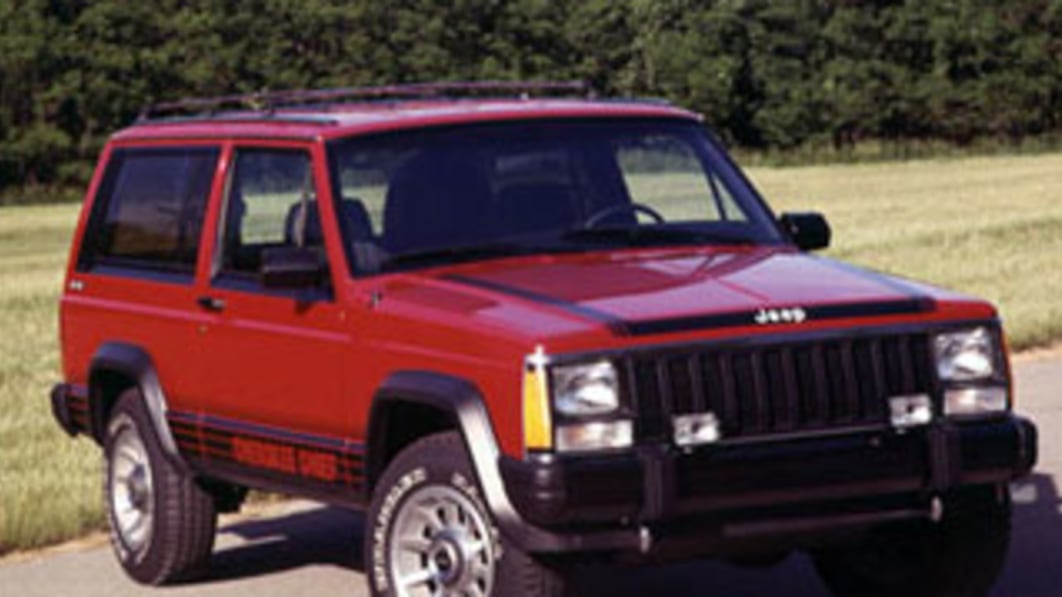
After making a name for itself nearly a half-century ago, the Jeep Cherokee, which has endured off and on through a number of iterations, has been chopped from the lineup. But the name will live on. Sort of.
What started life as a body-on-frame SUV in 1974 later morphed into the resilient XJ built from 1984 to 2001, when it was replaced by the Liberty. The Cherokee also lived on through licensed production in China through 2014, when Jeep reintroduced the Cherokee name back into its North American lineup with a midsize crossover. But the Cherokee by then had lost its luster.
On March 1, Stellantis idled the Belvidere Assembly plant in Illinois, where the Cherokee was made. There were suggestions that the plant be shuttered permanently depending on future negotiations with the United Auto Workers.
Cherokee watchers could divine the end coming two months ago, after Jeep product planners radically slimmed down the Cherokee lineup to only two and reduced engine choices to a naturally-aspirated inline-four and a 270 horsepower turbo. If the Cherokee reemerges in some form, it will likely be in zero-emissions form, as Jeep has made it clear that it will build electrified variants of all Jeep brands by 2025.
At any rate, the Cherokee’s legacy (and its name) live on the Grand Cherokee, a large, upscale SUV that was renewed with high-tech touches and a plug-in hybrid offering in 2022.
The name, in fact, came under fire two years ago, when the chief of the Cherokee Nation asked Jeep to stop using the tribe’s name on its vehicles. “I’m sure this comes from a place that is well-intended, but it does not honor us by having our name plastered on the side of a car,” Chuck Hoskin Jr., principal chief of the Cherokee Nation, said at the time.
